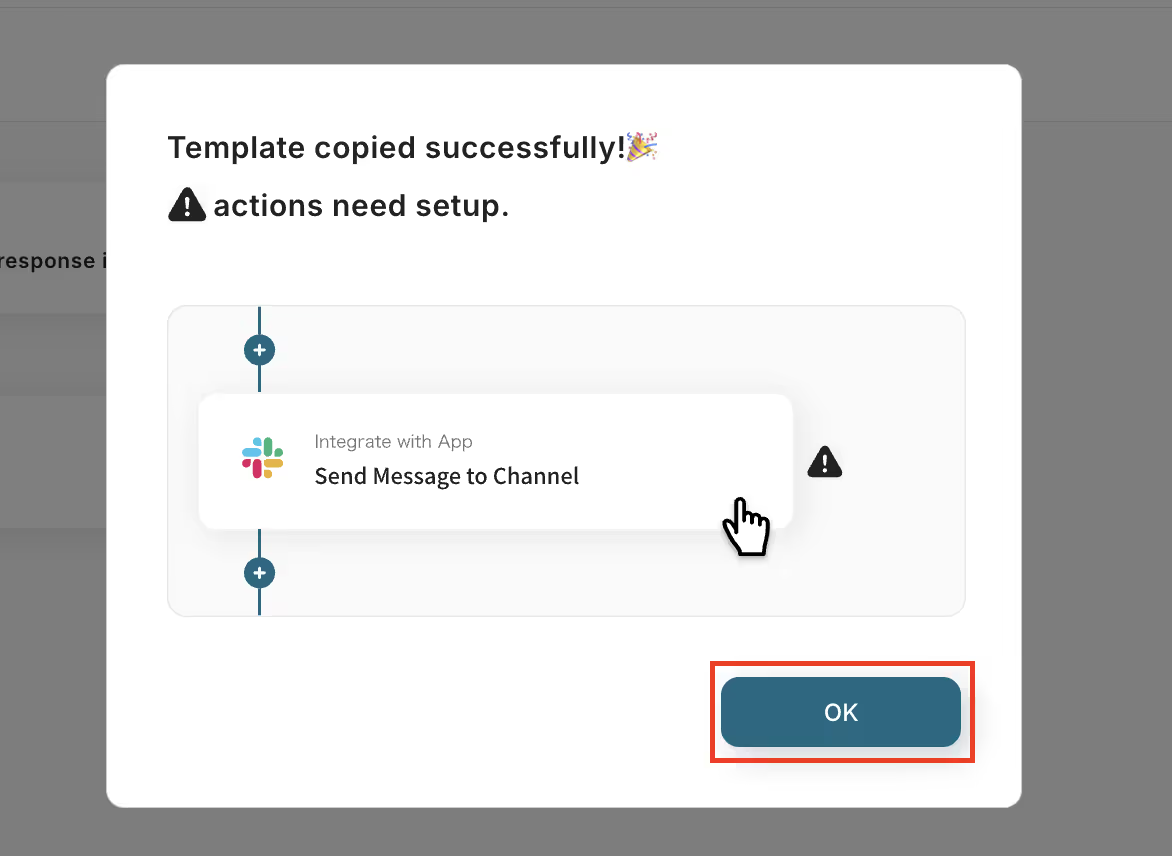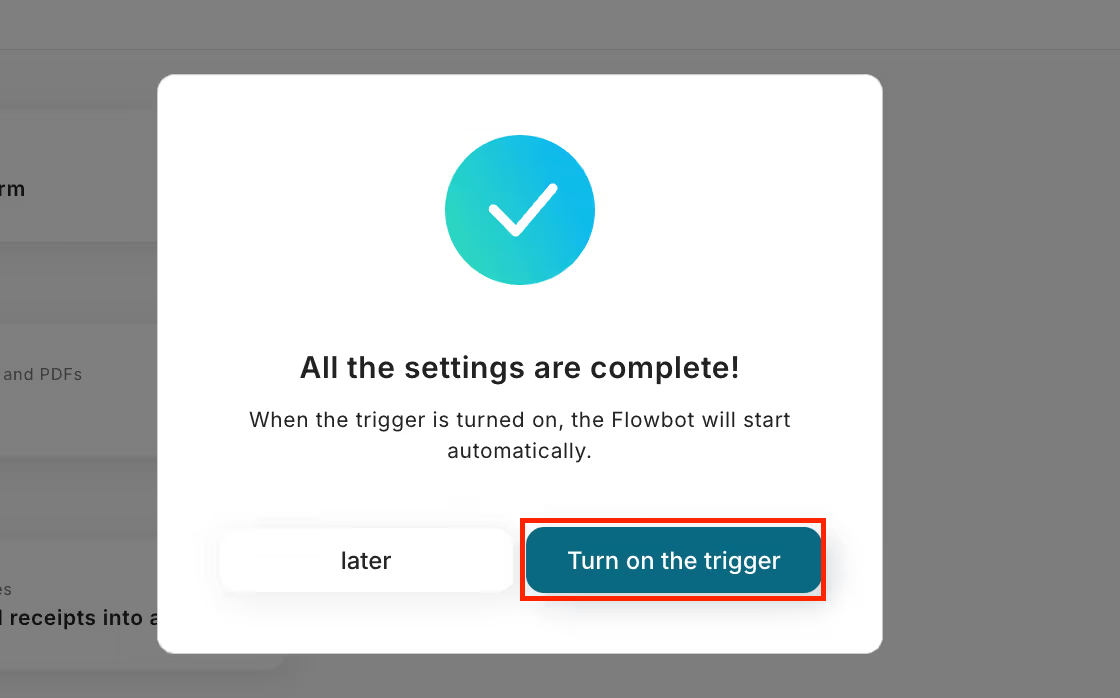
Once you move to the following screen, check the "Title" and "Description".
If you want to change them, you can do so from the following page.
First, set up Google Sheets by clicking "When a row is added".

Move to the following screen and check the settings.
- "Title" → Can be changed if necessary
- "Account information linked with Google Sheets" → Check if correct
- "Trigger action" → When a row is added

Once you move to the following screen, check the setup method.

Move to the Google Sheets screen and enter user information for testing.
As an example, it was set as follows.
Return to the Yoom screen and scroll to make the following settings.
- "Trigger interval" → Select from 5 minutes, 10 minutes, 15 minutes, 30 minutes, 60 minutes
- "Spreadsheet ID", "Sheet ID" → Select from candidates or read the description and enter
- "Table range (start)" → In this case, A
- "Table range (end)" → In this case, E
※ Specify the alphabet of the column where the items end - "Column with unique values" → Specify a column where values do not duplicate within the column
※ Ensure there is a column with unique values. It may not work correctly if values are duplicated. In this case, the last name column A was specified.
Set which column to specify as you like.
Click "Test" → "Test Successful" → "Save".

Next, set up Zoom by clicking "Add User".

Move to the following screen and check the settings.
- "Title" → Can be changed if necessary
- "Account information linked with Zoom (OAuth)" → Check if correct
- "Action" → Add User

Once you move to the following screen, check the precautions.
Scroll and set "Email Address" and "User Type".
Use the output from Google Sheets to set the items.
※ You can use the output from Google Sheets by clicking the red frame.
{{Email Address}}← The output will be displayed like this.
Enter any other necessary items.
Click "Test" → "Test Successful" → "Save".

Next, set up Google Sheets by clicking "Update Record".
Move to the following screen and check the settings.
- "Title" → Can be changed if necessary
- "Account information linked with Google Sheets" → Check if correct
- "Execution action" → Update Record

Scroll and click "Database Integration".
Read the description and make the settings.

The following screen will be displayed, so set the "Conditions for the record you want to update".
Here, use the unique value entered at the trigger point to search for the target record.
As an example, it was entered as follows.

Scroll and read the description to set the "Value of the record after update".
Since the user ID obtained from Zoom will be updated, use Zoom's output for "User ID".
Click "Test" → "Test Successful" → "Save".

Finally, click "Turn on Trigger" to complete the automation setup!





















.avif)

.avif)





